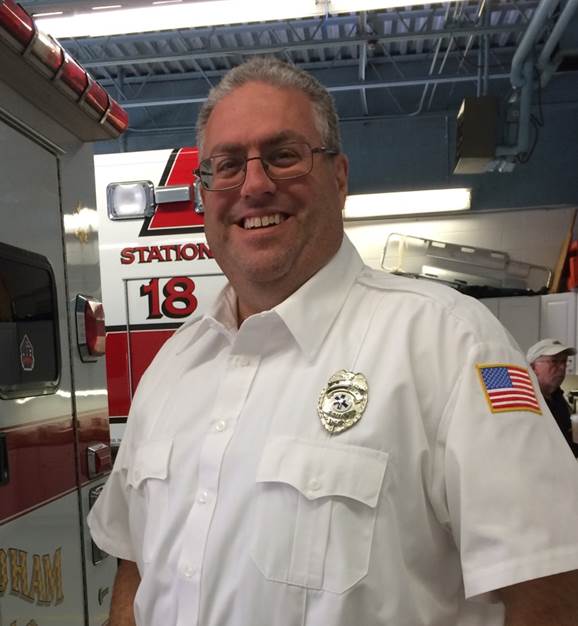|
Well, actually... don't! There's no doubt that we've got to master the signs and symptoms, and associated interventions, of both respiratory and cardiac emergencies. Every situation we face starts with assessing the ABC"s -- Airway, Breathing, and Circulation -- as these represent true emergencies, where it really can be a matter of life-or-death.
Respiratory and cardiac emergencies are very closely related, as issues in one area can have a detrimental, even fatal, impact to the other. While the heart is responsible for pumping blood through the lungs for oxygenation, and then moving the oxygenated blood itself to the tissues and organs throughout the body, it is itself a muscle that also requires oxygenated blood to effectively pump. So any disruption in how the body is obtaining and utilizing air through the upper and lower airways (including the lungs) can cause issues for the heart as well. And things roll downhill quickly from there on... Because having to perform CPR means that someone is having a really, really, really bad day.... The past few class sessions have focused exclusively on practical skills, refreshing our hands-on experience with vitals while sharpening our deductive skills through role playing scenarios. This past weekend, I managed to have a near fatal heart attack, and a case of food poisoning that was somewhat obscured by my diabetic condition, all so my fellow students could take turns practicing our medical patient assessments steps and questions. And when I had to step up and "play EMT", I found patients with kidney stones or a tension pneumothorax (aka a collapse lung), each of which required a different set of focused physical exams or interventions be considered (and, in some cases, rejected -- for example, a patient with a suspected pneumothorax wouldn't tolerate well receiving assisted ventilation, as the additional pressure introduced in to the lungs would only serve to exacerbate their issues, rather than providing them comfort). I'm not normally a big fan of role playing, but it is a useful way to not only practice the EMT skills, but also (as a patient) think about the pertinent signs and symptoms someone might actually present. Plus I got to fake vomiting on one of my classmates, which was good fun. At least for me.
And we rounded out our skills with additional practice using both basic airway adjuncts as well as more advanced interventions such as CPAP (Continuous Positive Airway Pressure) devices which are becoming more commonly used by both paramedics and BLS EMTs nowadays.
We'll be moving forward now with both lectures and practical skills related to a wider gamut of medical emergencies including gastrointestinal, neurological, endocrine and gynecological disorders, as well as toxicological (overdose, poisonings) and psychiatric disorders, which I'm sure will give the instructors no end of enjoyment as they throw more and more scenarios at us. Two more weeks until midterms, and sometimes I feel like we're just scratching the surface. But then I look back and what we've covered (and what is starting to feel normal and natural to me), and realize that the journey has actually been pretty far already.
0 Comments
Your comment will be posted after it is approved.
Leave a Reply. |
AuthorJon Alperin, one of our MFAS volunteers, shares his journey to becoming an NJ certified EMT. from the Start
Here is Jon's journey, presented in time order:
Archives
June 2016
Categories
All
|


 RSS Feed
RSS Feed
